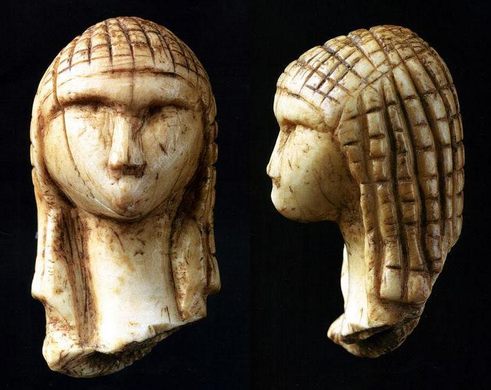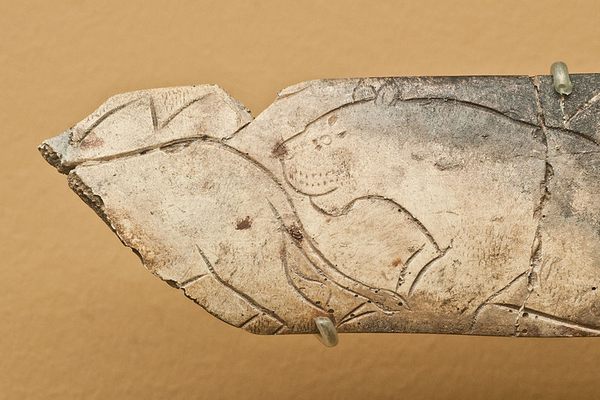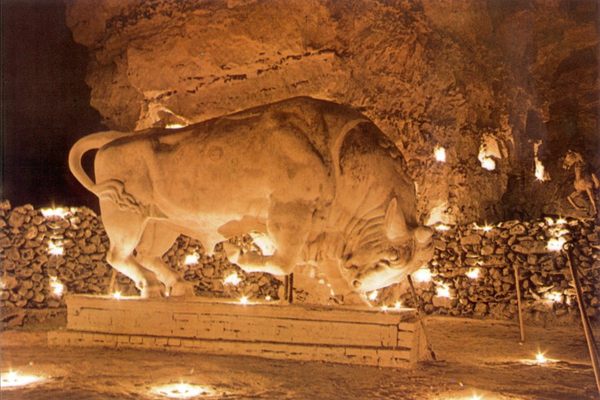The Venus of Brassempouy
This prehistoric figurine is the oldest known realistic depiction of a human face.
This beautiful and haunting sculpture of a woman’s head was carved from mammoth ivory during the Ice Age. At over 25,000 years old, the figurine is the oldest known realistic depiction of a human face.
The Venus of Brassempouy (also called the Lady of Brassempouy or “La Dame de Brassempouy”) was carved from a fragment of mammoth tusk and is estimated to have been made during the Upper Paleolithic period. It was interpreted as a woman based on the feminine shape of the chin and apparent hair or headdress.
Nothing is known about the creator, and the meaning of this effigy remains a beguiling mystery lost in the eons of time that have passed. Indeed, the only thing that can be inferred is what the landscape in which her creator lived and died would have looked like.
The European continent was in the grip of the last glacial period of the Ice Age at the time, and thus the landscape would have been covered in sheets of ice for as far as the eye could see. The climate would have been brutally cold for the sparse human populations which clung on to survival in the refuge of caves, swaddled in the fur skins of animals and huddled around campfires to keep warm. But not even in the caves were people truly safe, and they would have had to contend and compete with large and ferocious predatory species such as the cave bear, cave hyena, and cave lion, which would have looked on humans as easy prey. Meanwhile, the search for food likely meant hunting formidable beasts capable of causing fatal injuries, such as the woolly mammoth, wooly rhinocerous, bison, or the equally dangerous strategy of scaring off cave lions or wolves from their kills to scavange on leftovers.
It’s a wonder such a beautiful figurine was sculpted amid these living conditions, and all the more remarkable that it’s been preserved over the millennia. The figurine was discovered in a cave known as la Grotte du Pape in the village of Brassempouy in 1894. It is now housed at the Musée des Antiquités Nationales (National Archaeological Museum) in Saint-Germain-en-Laye, just outside of Paris.
Know Before You Go
The original Venus de Brassempouy is kept at the Musée des Antiquités Nationales. In order to protect it from the elements it is not on permanent display, but a cast of the sculpture can be seen. Another cast on display at the La Maison de la Dame à Brassempouy in the village where the figurine was discovered.

















Follow us on Twitter to get the latest on the world's hidden wonders.
Like us on Facebook to get the latest on the world's hidden wonders.
Follow us on Twitter Like us on Facebook